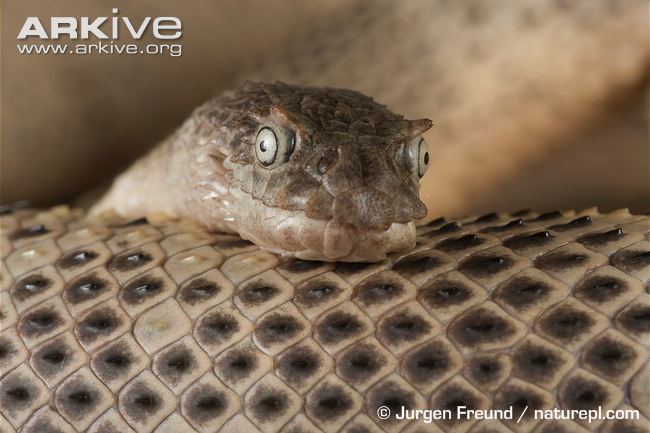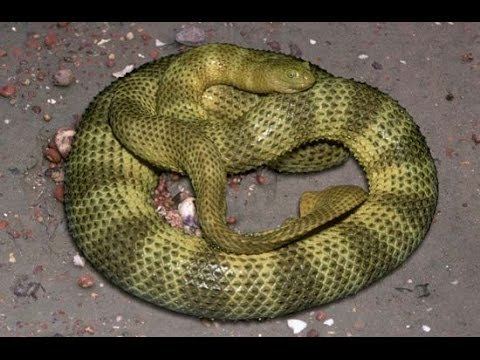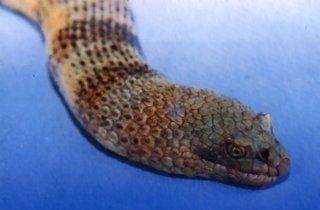Kingdom Animalia Suborder Serpentes Subfamily Hydrophiinae Rank Species | Class Reptilia Family Elapidae Phylum Chordata Order Scaled reptiles | |
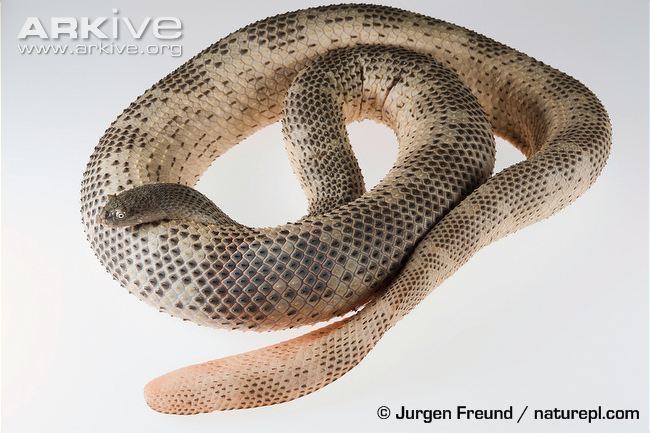 | ||
Genus Acalyptophis
Boulenger, 1869 Similar Aipysurus, Lapemis, Emydocephalus, Kolpophis, Astrotia stokesii | ||
Acalyptophis is a genus of sea snake, containing a single species, Acalyptophis peronii, commonly known as the spiny-headed seasnake, Peron's sea snake, or the horned sea snake, endemic to the western tropical Pacific Ocean. It is the only sea snake with spines on the head. Like other members of the family, Hydrophiidae or Elapidae, it is venomous.
Contents
- Serpent de mer cornu ou t te pinueuse acalyptophis peronii cebu island philippines
- Etymology
- Description
- Geographic range
- Habitat
- Diet
- Reproduction
- References
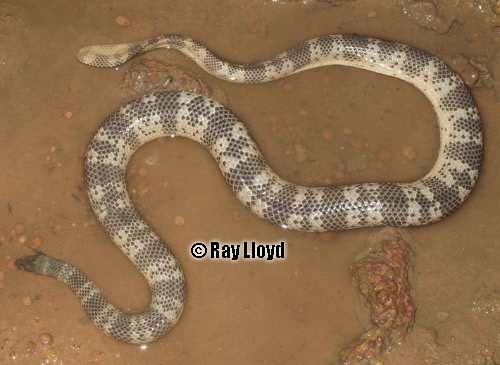
Serpent de mer cornu ou t te pinueuse acalyptophis peronii cebu island philippines
Etymology
The specific name, peronii, is in honor of François Péron, a French naturalist and explorer.
Description
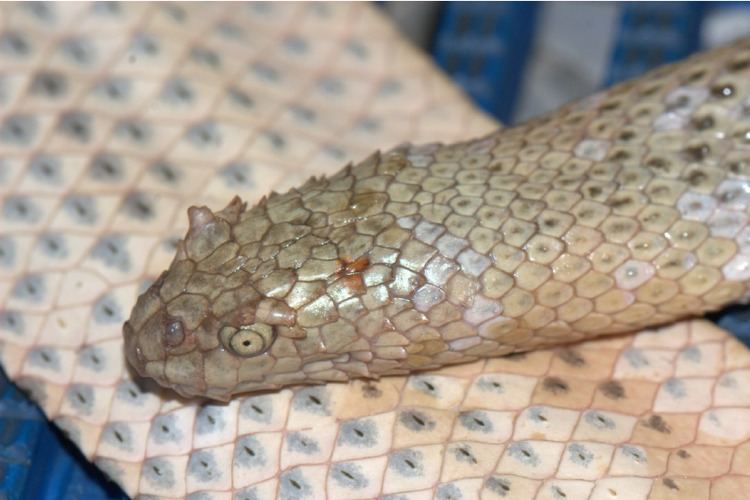
The spiny-headed seasnake is a medium-size snake, with the diameter of the neck only one third to two fifths the diameter of the thickest part of the body. The head is small and the tail flattened laterally. The supraoculars are raised, and their free borders are pointed. This species reaches a snout-vent length of little more than one meter (39 inches). Dorsally, it is grayish, pale olive, or tan, with dark crossbands, which are narrower than the spaces between them and taper to a point on the sides of the belly. Ventrally, it is uniform whitish or with a series of dark crossbars alternating with spots.
Geographic range
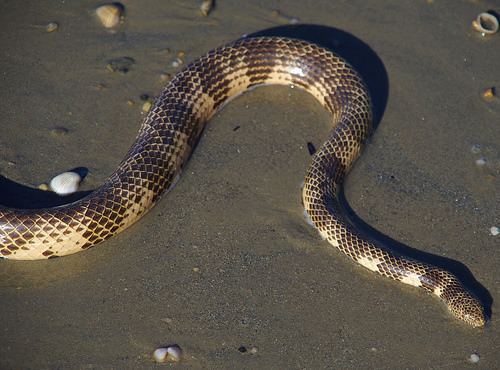
Acalyptophis peronii is found in the Gulf of Siam, Thailand, Vietnam, the South China Sea, the coast of Guangdong and Strait of Taiwan, the Philippines, Indonesia, New Guinea, New Caledonia, the Coral Sea Islands, Papua New Guinea, and Australia, (North Territory, Queensland, West Australia, & possibly New South Wales).
Habitat
It prefers seas with sandy beds and coral reefs.
Diet
Diet includes small fish.
Reproduction
It is a viviparous species that produces up to 10 live young per female.
